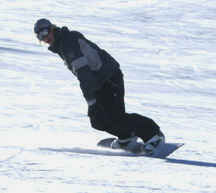
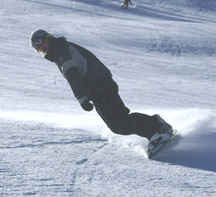

___________Photo 1___________________Photo 2___________________Photo 3___________
Photo 1 shows the rider in the control phase of the toe side turn. The board edge is solidly engaged in the snow with no skidding. Photos 2 and 3 show the control and completion phases of the turn. Keep the toe edge in the snow with body inclination to assure that you put as much weight on the edge as possible to hold the carve.
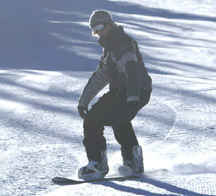
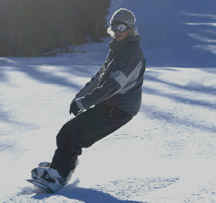
___________Photo 4___________________Photo 5_____________
In photo 4 the rider initiates the heel side carve by changing to the heel edge and allowing the center of mass of the body to move over the heel edge.
In Photo 5 the heel edge is fully engaged with no skidding, a good comfortable feeling. If you skid at this point, the carved turn will not happen and you must reestablish good edge engagement in the snow before proceeding with more carved turns.
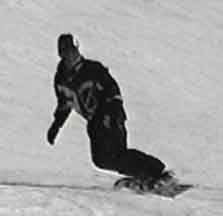
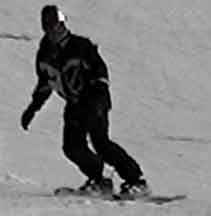

___________Photo 6___________________Photo 7___________________Photo 8___________
Photos 6 through 11 show carved turns from a different angle. Photo 6 shows the completion of the toe side turn. Photo 7
shows the rider initiating the heel side carve by moving the center of mass to the heel side.
Photo 8 shows the heel side carve fully engaged with no skidding.
When changing edge, the board is flat on the snow for a period of time. This is a vulnerable position in that any bumps in the snow can cause the board to twist and cause a skid. Try to change edge as quickly as possible to minimize this occurrence.
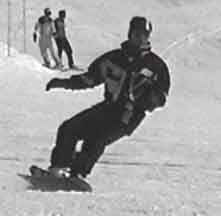
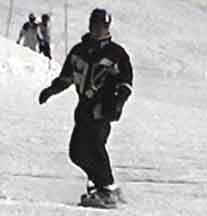
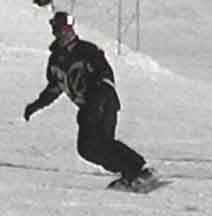
___________Photo 10_________________Photo 11_________________Photo 12_________
Figure 9 shows the initiation of the toe
side carve with the body moving across the line of travel. Figure 10 shows the board flat on the snow, on the way to the toe side carve. Photo 11 shows the toe side carve fully engaged. Remember to make the transition from heel to toe (and vice versa) as quickly as possible because edge engagement means control. Without edge engagement, the turn is not carved, and the board will wash out, an unsettling feeling. Figures 13 through 18 show carved turns on a steeper slope with more edge angle.
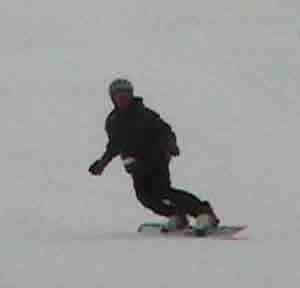
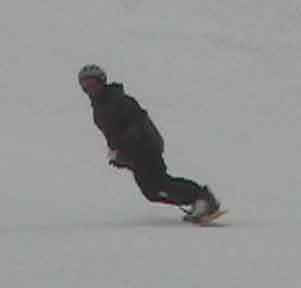
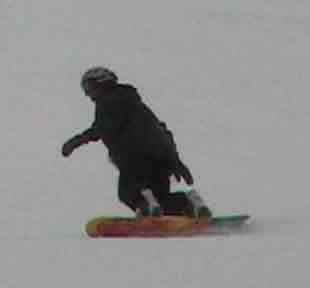
___________Photo 13_________________Photo 14_________________Photo 15_________
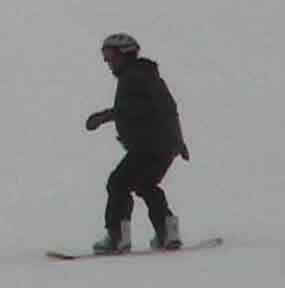
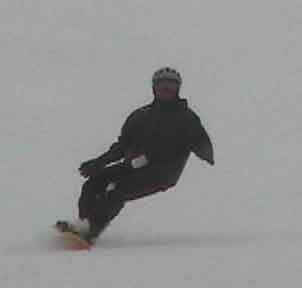
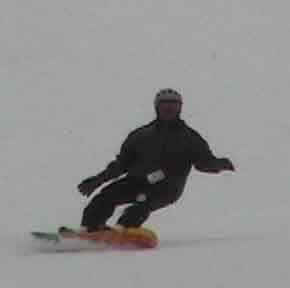
___________Photo 16_________________Photo 17_________________Photo 18_________
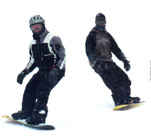 Video snowboard medium radius carved turn lesson with normal speed and slow motion
Video snowboard medium radius carved turn lesson with normal speed and slow motion
 Video snowboard large radius carved turn lesson with normal speed and slow motion
Video snowboard large radius carved turn lesson with normal speed and slow motion
 BACK TO ROBERTS SKI AND SNOWBOARD INSTRUCTION HOME PAGE
BACK TO ROBERTS SKI AND SNOWBOARD INSTRUCTION HOME PAGE


___________Photo 4___________________Photo 5_____________



___________Photo 6___________________Photo 7___________________Photo 8___________
Photos 6 through 11 show carved turns from a different angle. Photo 6 shows the completion of the toe side turn. Photo 7
shows the rider initiating the heel side carve by moving the center of mass to the heel side.
Photo 8 shows the heel side carve fully engaged with no skidding.
When changing edge, the board is flat on the snow for a period of time. This is a vulnerable position in that any bumps in the snow can cause the board to twist and cause a skid. Try to change edge as quickly as possible to minimize this occurrence.



___________Photo 10_________________Photo 11_________________Photo 12_________
Figure 9 shows the initiation of the toe
side carve with the body moving across the line of travel. Figure 10 shows the board flat on the snow, on the way to the toe side carve. Photo 11 shows the toe side carve fully engaged. Remember to make the transition from heel to toe (and vice versa) as quickly as possible because edge engagement means control. Without edge engagement, the turn is not carved, and the board will wash out, an unsettling feeling. Figures 13 through 18 show carved turns on a steeper slope with more edge angle.



___________Photo 13_________________Photo 14_________________Photo 15_________



___________Photo 16_________________Photo 17_________________Photo 18_________
 Video snowboard medium radius carved turn lesson with normal speed and slow motion
Video snowboard medium radius carved turn lesson with normal speed and slow motion
 Video snowboard large radius carved turn lesson with normal speed and slow motion
Video snowboard large radius carved turn lesson with normal speed and slow motion
 BACK TO ROBERTS SKI AND SNOWBOARD INSTRUCTION HOME PAGE
BACK TO ROBERTS SKI AND SNOWBOARD INSTRUCTION HOME PAGE



___________Photo 10_________________Photo 11_________________Photo 12_________



___________Photo 13_________________Photo 14_________________Photo 15_________



___________Photo 16_________________Photo 17_________________Photo 18_________
 Video snowboard medium radius carved turn lesson with normal speed and slow motion
Video snowboard medium radius carved turn lesson with normal speed and slow motion
 Video snowboard large radius carved turn lesson with normal speed and slow motion
Video snowboard large radius carved turn lesson with normal speed and slow motion
 BACK TO ROBERTS SKI AND SNOWBOARD INSTRUCTION HOME PAGE
BACK TO ROBERTS SKI AND SNOWBOARD INSTRUCTION HOME PAGE
 BACK TO ROBERTS SKI AND SNOWBOARD INSTRUCTION HOME PAGE
BACK TO ROBERTS SKI AND SNOWBOARD INSTRUCTION HOME PAGE